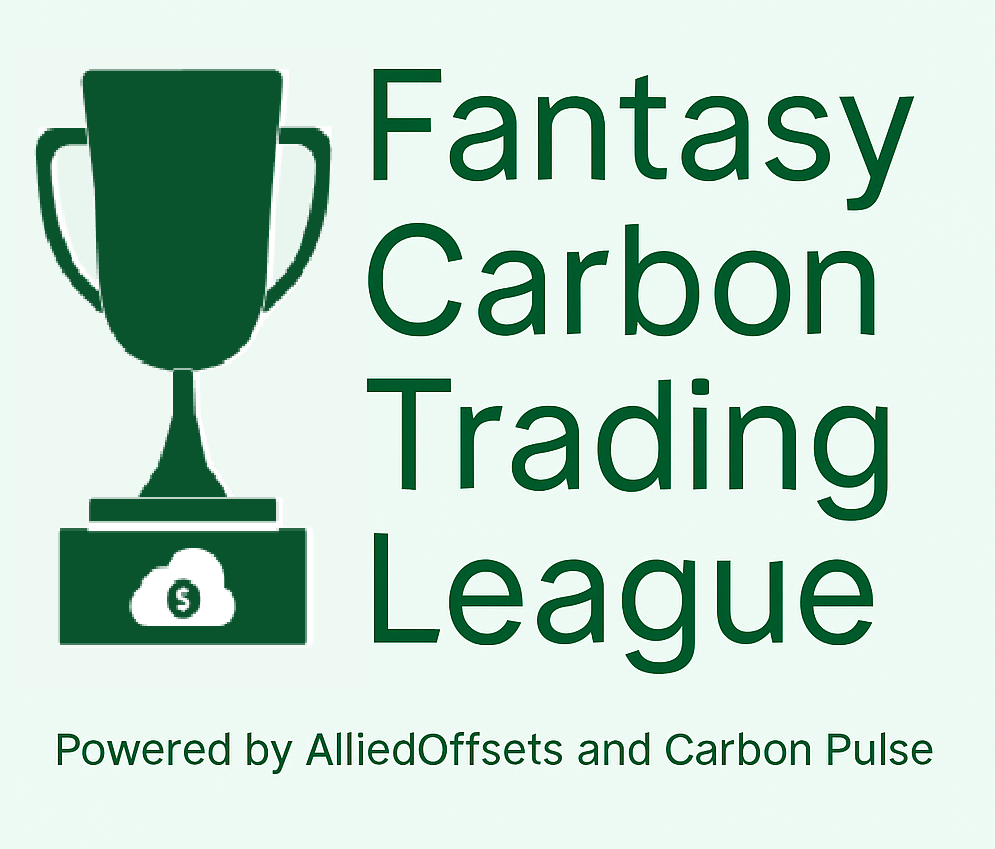The World Bank is mulling extending its Pilot Auction Facility (PAF) to help curb GHGs from the oil and gas sector, it said on Wednesday, publishing a preliminary analysis it commissioned on the idea.
The report, authored by Oslo-based climate consultants Carbon Limits, said direct emissions of methane from the sector’s operations and CO2 from gas flaring are the two broad GHG sources being initially considered by the bank.
The PAF uses competitive reverse auctions to maximise the use of limited government climate funding and to leverage private sector financing in carbon-cutting projects. It has a target capitalisation of $100 million, with the US, Germany, Switzerland and Sweden having already collectively pledged more than $50 million.
The bank held its first PAF auction earlier this year for methane-reducing CDM projects at landfills, agriculture and wastewater sites, agreeing to buy 8.7 million CERs for $2.40 each via tradable put options.
Following the event, the bank said it is in discussions with donor participants and that a second auction would be announced soon, adding that it would likely take place in early 2016.
Click here to read more about the World Bank’s Pilot Auction Facility
The Carbon Limits report said the oil and gas sector’s annual emissions (excluding those emitted by the final products – i.e. gasoline, natural gas-based power) account for almost 10% of global GHGs, with around 800 million tonnes of CO2 coming from methane venting, some 750 million tonnes stemming from methane leaks, and approximately 420 million tonnes originating from gas flaring.
It estimated that between 2,000 and 4,000 fields are currently flaring continuously.
“A results-based incentive, such as the one that could be provided by a PAF-like instrument, has the potential to unlock a large share of these emissions which are currently being hindered by financial or non-financial barriers,” it said.
“Although little public information exists on low-cost flare reduction potential, it is considered to be substantial. One recent study (by the International Council on Clean Transportation) has estimated that the total annual reduction potential associated with profitable measures in the oil and gas sector (i.e. with an abatement cost of <$0/tCO2e) is estimated at 127-143 million tCO2e.”
The World Bank earlier this year launched an initiative to eliminate all routine gas flaring by 2030. It is endorsed by 10 countries, 12 oil companies and seven international development organisations.
“Applying a PAF-like mechanism as a climate finance instrument should be seen as one possible means of reinforcing national policies and measures to achieve the ambitious target of this initiative,” the report said.
It also looked at what specific technologies and approaches for the utilization of otherwise flared gas could be supported by the PAF.
It determined that the options with the greatest potential for GHG mitigation included capturing the gas and converting it into power or heat, and capturing it and transporting it as gas by pipeline or as LNG by vehicle, discounting its use in underground storage or enhanced oil recovery.
“The CDM was never a success for flare reduction projects. A condition for a PAF-like instrument having an impact on flare reduction efforts is that some of the problems encountered with the CDM are avoided. Applicability criteria (MRV and additionality tests) must be simpler so that more project developers have the possibility and interest to participate. For example, a set of simple technical and economic parameters describing key features of small and medium scale projects can be considered adequate in order to determine eligibility. Transaction costs must come down as well as the risks perceived by project developers. This should be balanced against the efficiency of using public funds and ensuring environmental integrity,” the report concluded.
The World Bank said it would now invite stakeholders to provide feedback on the findings and the idea of extending the PAF to the oil and gas sector.
The bank continues to favour the reverse auction approach to cutting GHGs because of its strong potential for replication in other areas and sectors, and because it can be quickly scaled up.
By Mike Szabo – mike@carbon-pulse.com




